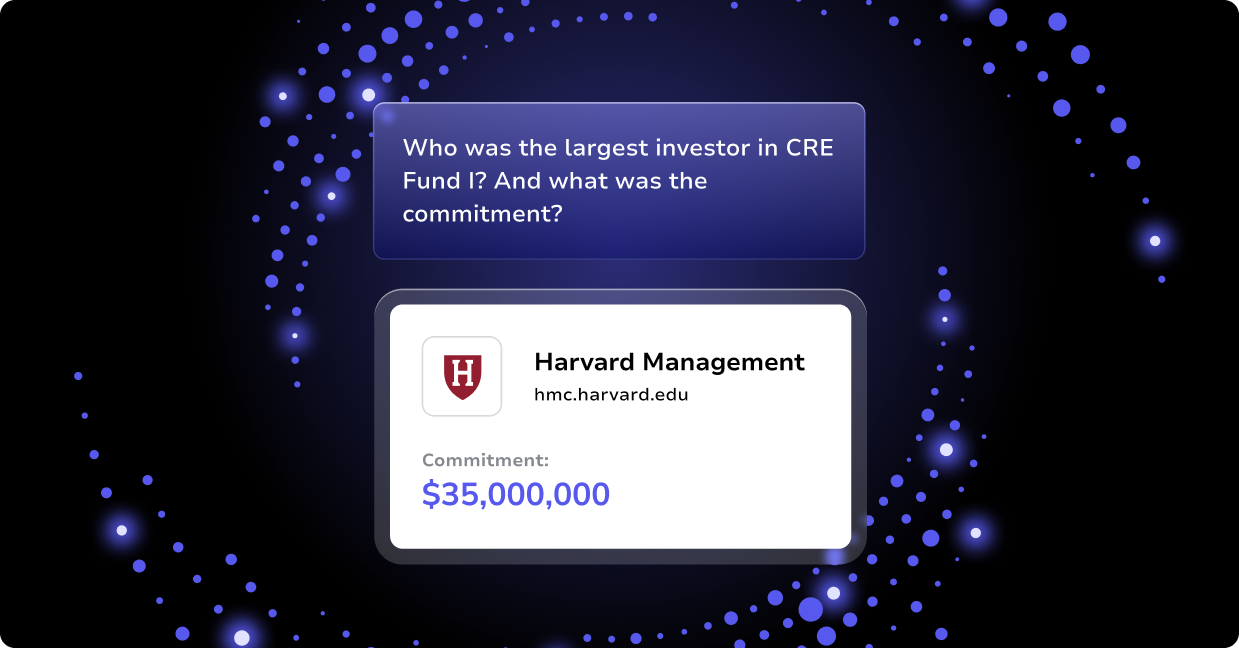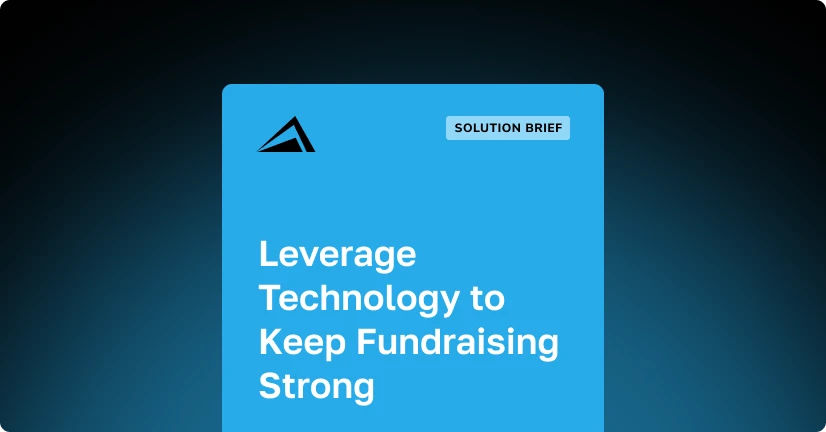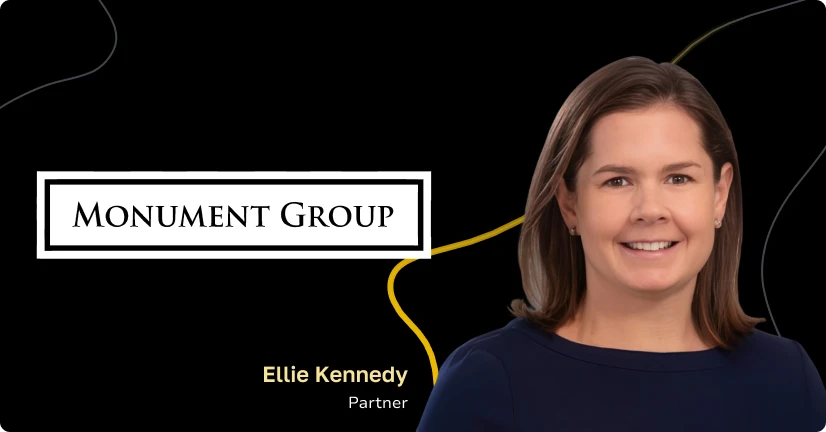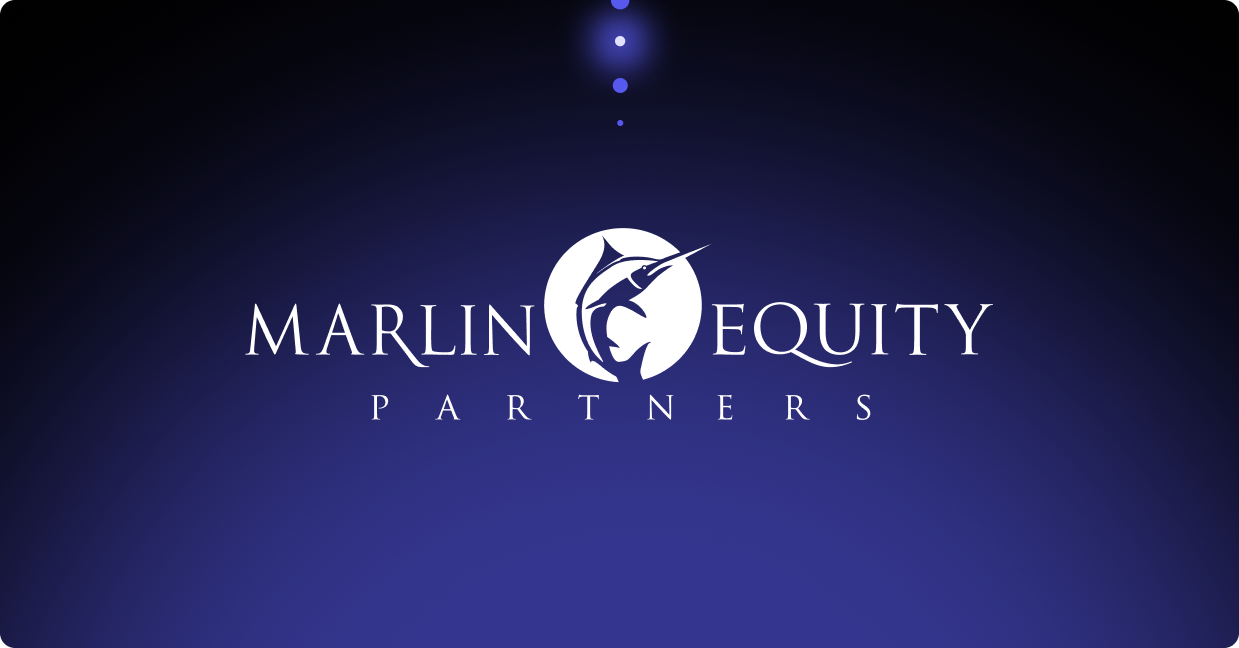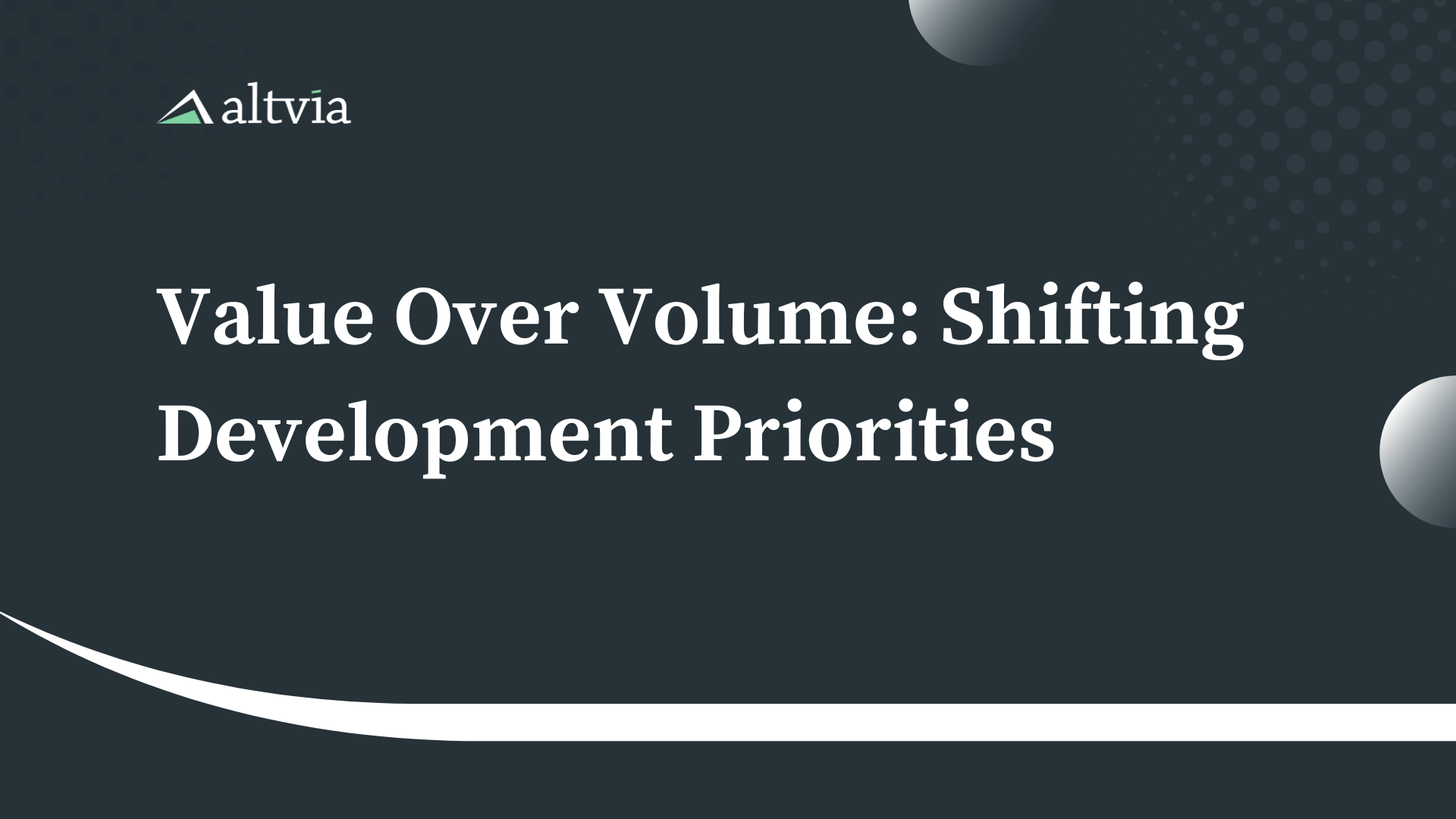
You don’t need us to tell you that creating value is essential. In Private Equity, value creation doesn’t stop short once a deal is reached. The value created throughout and beyond the deal often matters most.
However, planning for value creation early, and tracking it consistently, can be easier said than done–especially when it feels disruptive to your current deal flow. It’s no wonder why only 34% of PEs surveyed said value creation was a priority for them on day one. But, if presented with the opportunity to go back and do the deal again, 61% admitted value creation would be a top priority from the get-go, attributing its ROI as a deciding factor.
While it can seem like a drastic change at first, when PEs shift their priorities to adding value over volume, it pays off. 88% of deals with a value creation plan in place reported moderate or significant returns. That’s nearly a 20% increase over those without a plan.
So how can you shift your firm’s focus to prioritize adding value throughout the deal cycle? It starts with having a solid value creation plan as early in the relationship as possible. To realize the true ROI potential, PEs can begin by focusing on boosting value across revenue enhancement, strategic clarity embedded early on, having a closer eye on talent retention and culture that can drive value, and a formal exit plan. Keep reading as we dive into the specifics so you can keep pace and differentiate your firm from the fierce competition in today’s fast-paced deal market.
Four Ways PEs Can Boost Value Creation
- Maximize Revenue Growth
Through greater alignment between buyer and seller and shifting focus to multiple expansions, portfolio companies, and financial investors can meet on the same page to maximize revenue growth together. After all, investors are well positioned to realize the drivers of multiple expansions and can help make significant changes and unveil new growth opportunities. In turn, PEs can spend more time strategizing their exit from the deal inception, leading to more predictable growth and returns.
- Plan Early and Track Vigorously
Once a plan and process are in place as early on in the deal cycle, systematic tracking of the value creation plan throughout each phase becomes crucial to demonstrate the value growth achieved and value potential ahead. Whatsmore, by tracking progress against a clear roadmap, all stakeholders can align and see the path to value.
- Put Culture and Talent at the Center
Failing to focus on hiring and retaining top talent, and fostering a positive culture, can be a value destroyer. Successful dealmakers can quickly identify leaders, innovators, and the talent that will help the company maximize its portfolio’s potential.
Talent and operational stability go hand-in-hand. By forging a cultural bridge between the buyer and port-co, PEs can keep people at the heart of dealmaking, creating the engagement and incentives that drive long-term retention and motivation, which is crucial in value creation across all stakeholders.
- Think About the Business from the Bidder’s Perspective
Good exit planning means considering the business as a bidder and planning for their potential questions and concerns. By opportunistically having a value creation plan in place, PEs can better predict the unique value they can add to each investment and structure accordingly before the acquisition. This kind of preparation is invaluable when it comes time to strategize an exit.
The Future of Value Creation in a Fast-Paced Deal Market
For PEs, now is the time to focus on strategizing how to attract and retain the best people, using digital operating models and automation, and outsourcing functions. While traditional levers, such as solid cost management and lean manufacturing, will continue delivering value for firms, that may not be enough.
To keep pace and differentiate your firm from the fierce competition in today’s fast-paced deal market, firms need industry-specific software to seamlessly drive and monitor value throughout the deal cycle. By adopting leading technology, PEs can differentiate themselves despite fierce asset competition and narrowing time frames in today’s fast-paced deal market.
To learn how Altvia’s industry-specific software can help you strategize, execute, monitor, and optimize your firm’s value creation plans, start a conversation with our team.
